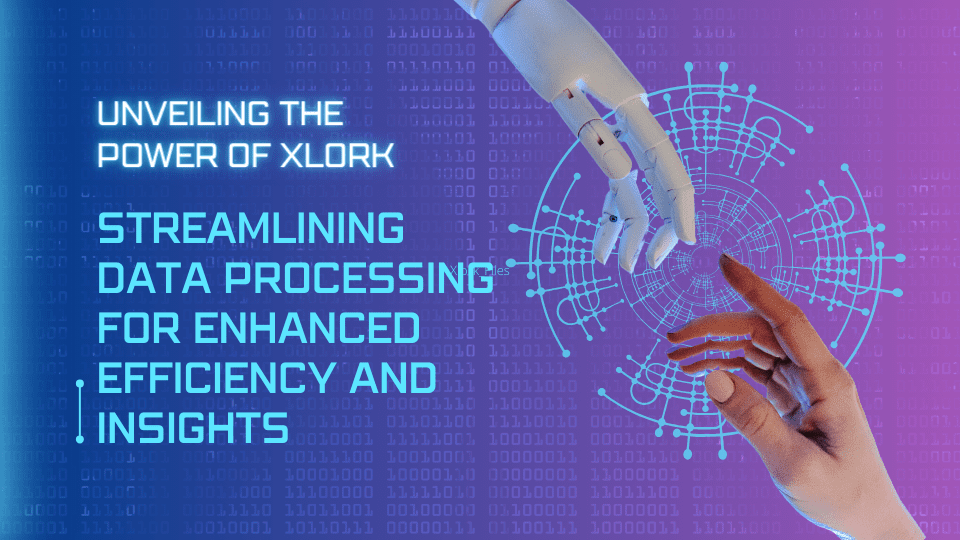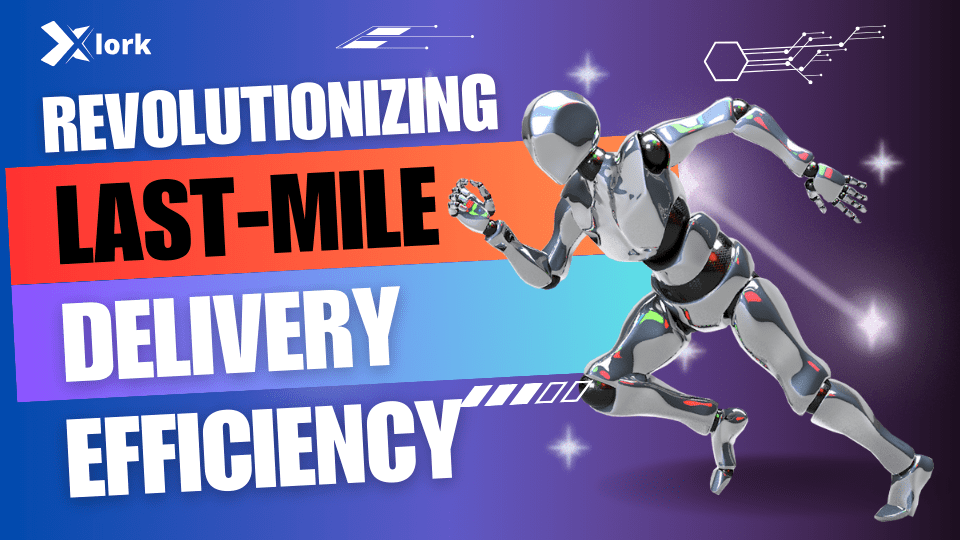The Evolution of Basic APIs: From Simple Beginnings to Modern Complexity
In the ever-evolving world of technology, Application Programming Interfaces (APIs) have become the unsung heroes that enable different software systems to communicate, share data, and collaborate seamlessly. These APIs have come a long way since their inception, evolving from rudimentary and straightforward forms to sophisticated, feature-rich tools. This journey is nothing short of fascinating, and in this blog, we’ll trace the evolution of basic APIs, exploring how they’ve transformed from humble beginnings to the modern complexity we see today. The Early Days: Basic Function Calls In the early days of computing, software systems were relatively simple and often standalone. APIs, in their most primitive form, consisted of libraries and function calls within a single application. Developers used these internal APIs to reuse code, enhance modularity, and streamline software development. These early APIs were not designed for external use but laid the groundwork for future developments. Web APIs Emerge As the internet and the World Wide Web revolutionized the way we connect and share information, a new breed of APIs emerged: Web APIs. These APIs allowed applications to interact over the internet, opening up new possibilities for data exchange and remote functionality calls. SOAP (Simple Object Access Protocol) and XML-RPC were among the earliest protocols used for building Web APIs. They provided a standardized way to send and receive data between applications but were often complex and lacked the simplicity that modern developers seek. The RESTful Revolution The turning point in API evolution came with the introduction of Representational State Transfer (REST) principles. RESTful APIs marked a significant paradigm shift in API design. They embraced simplicity and adhered to a set of architectural constraints that made them lightweight, scalable, and easy to use. RESTful APIs relied on standard HTTP methods, such as GET, POST, PUT, and DELETE, making them accessible via common web technologies. This simplicity and adherence to widely accepted standards made RESTful APIs the go-to choice for developers. JSON: The Standard Data Format Another crucial development during this period was the adoption of JSON (JavaScript Object Notation) as the standard data format for APIs. JSON’s simplicity, human-readability, and compatibility with multiple programming languages made it the ideal choice for data interchange. It replaced the complex XML structures of earlier APIs, reducing parsing overhead and enhancing developer productivity. The shift to JSON significantly improved the developer experience and accelerated the adoption of RESTful APIs. Documentation and Developer Experience With APIs becoming more widespread, the importance of clear and comprehensive documentation became evident. Modern APIs prioritize the developer experience (DX) by offering detailed documentation, interactive sandboxes, and code samples to make integration straightforward. A well-documented API accelerates adoption and fosters a thriving developer ecosystem. Security Advancements Security has always been a critical concern in API development. The introduction of OAuth, an open standard for authentication and authorization, revolutionized API security. It allowed developers to implement robust authorization flows while keeping user credentials secure. Beyond OAuth, API security saw advancements in rate limiting, encryption, and token-based authentication, ensuring the integrity and privacy of data exchange. GraphQL: A Flexible Query Language In recent years, GraphQL has emerged as a powerful alternative to RESTful APIs. GraphQL allows clients to request only the data they need, minimizing over-fetching and under-fetching of data. It offers flexibility and efficiency in data retrieval, enabling developers to create more efficient and responsive applications. API Gateways and Management Tools API management platforms and gateways have become indispensable in the API landscape. They provide capabilities like traffic routing, analytics, monitoring, and version control. These tools simplify API deployment, scaling, and maintenance, ensuring reliability and performance. Microservices and Serverless Computing APIs are now central to modern architectural paradigms like microservices and serverless computing. Microservices architecture relies heavily on APIs to facilitate communication between loosely coupled services. Serverless functions are often triggered by API requests, showcasing the versatility and ubiquity of APIs in contemporary software development. The Future: AI, IoT, and Beyond As technology continues to advance, APIs will play an increasingly vital role in emerging fields such as Artificial Intelligence (AI) and the Internet of Things (IoT). AI APIs enable developers to integrate machine learning models and natural language processing into their applications effortlessly. IoT APIs facilitate the exchange of data between countless interconnected devices, enabling smart cities, autonomous vehicles, and more. Conclusion: The Endless Evolution of APIs The evolution of basic APIs into sophisticated and versatile tools has been nothing short of remarkable. From internal function calls to RESTful endpoints, JSON data, and GraphQL queries, APIs have adapted to the changing needs of developers and the complexity of modern software systems. As technology continues to advance, APIs will remain at the forefront of innovation, driving the seamless integration of diverse systems and enabling the creation of cutting-edge applications that shape the future. The journey of APIs is ongoing, and we can only imagine what exciting developments lie ahead in this ever-evolving landscape.
The Evolution of Basic APIs: From Simple Beginnings to Modern Complexity Read More »


